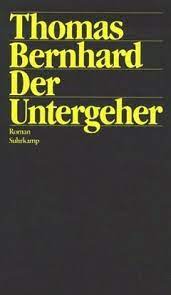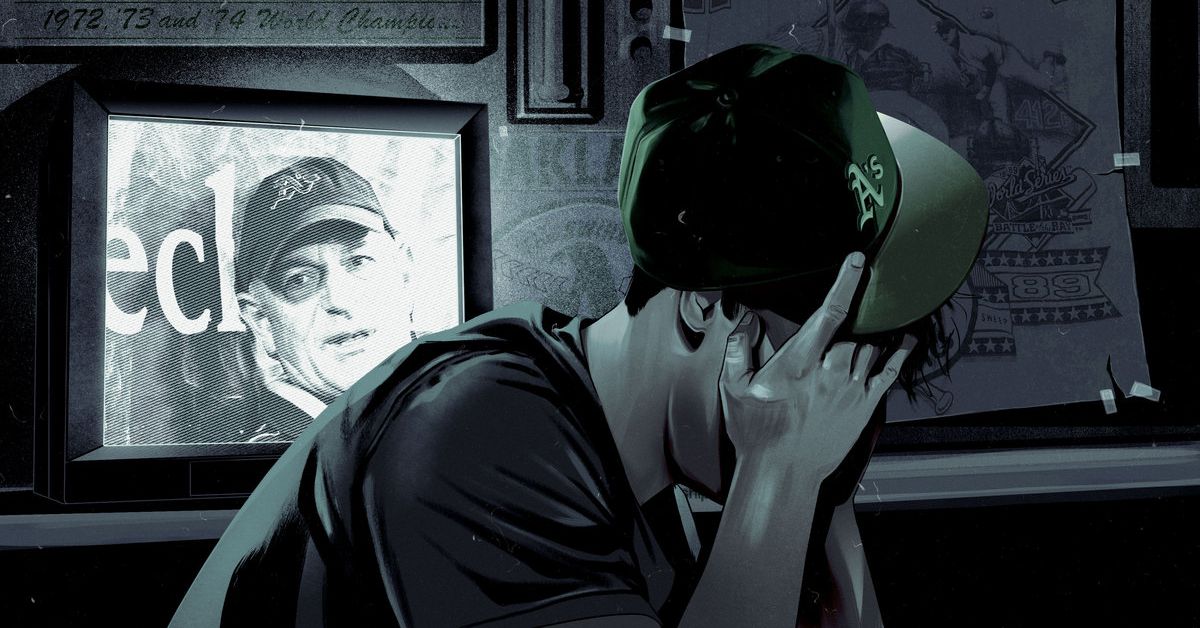What Fisher wanted to do at Howard Terminal was different. He proposed building not just a baseball stadium but a $12 billion stadium-anchored “district,” complete with apartments, parks, hotels, and office space. All on what is, technically, part of a working port. The project hinged on whether he could convince the Oakland City Council to give over hundreds of millions of dollars in taxpayer kickbacks. He would pay for the stadium itself, he said, but the project was not viable without massive investments in both off-site and on-site infrastructure, not to mention large-scale environmental remediation. (At the present moment, Howard Terminal lacks even sidewalks and sits atop toxic landfill.) He intended for Oakland to make these investments. Never mind that the site of the Oakland Coliseum, in East Oakland, straddles an Amtrak line, a BART stop, and a freeway; sits less than five miles from an international airport; and could accommodate construction far more cheaply and with exponentially fewer political headaches. Fisher wanted a waterfront ballpark with reliable ancillary revenue streams in the coolest part of town. And he wanted Oakland’s help making it happen.
. . .
It started on the field. In 2021 and 2022 Fisher traded away or let go of Matt Chapman, Matt Olson, Starling Marte, Chris Bassitt, Sean Murphy, Sean Manaea, Frankie Montas, Lou Trivino, and basically every other member of the 2021 starting lineup. But it did not end there. With every passing month, Fisher gave the Coliseum further over to nature, allowing it, in time, to rather evocatively decay. Certainly you’ve heard of the feral cats who colonized the Coliseum? They’ve been joined by possums. Long ago, probably, you heard that the locker rooms flood with sewage. Now the lights don’t work.
Though even then, Fisher wasn’t done. Incredibly, as the Coliseum made news for its degeneration—and as the A’s made news for the same—Fisher doubled season ticket prices.
. . .
The Friday night of Memorial Day weekend, Fisher, Kaval, and the circus train of consultants and lobbyists they’d brought with them to Carson City submitted to the state Legislature the bill outlining their proposal for funding the A’s stadium project. It was not received well. Sports economists derided it as an unusually unwise investment of public funds, even by the standards of publicly funded stadium construction. Sportswriters like Dayn Perry, in an article shared widely on Twitter, said that, both for his neglect in Oakland and especially for his efforts of extortion in Nevada, Fisher “is an unaccountable trust-funder who has earned at most a tiny sliver of his current station.” People familiar with Nevada politics, meanwhile, called into question the economic sense of subsidizing a billionaire to the tune of nearly $400 million (at least) at a time when the state was facing a teacher shortage some 1,500 positions wide and in the midst of a budget crisis so severe that, earlier in the legislative session, lawmakers had been unable to pass bills funding paid family leave, after-school lunch, and housing security because Governor Lombardo had insisted the state could not afford it.
. . .
At one point, Nevada state senator Fabian Doñate called Kaval to the podium to answer a question about whether the A’s would commit to paying a live entertainment tax that other businesses on Las Vegas Boulevard pay. Kaval admitted sheepishly, upon follow-up, that, no, the A’s weren’t intending to pay that tax or a host of other taxes, for that matter. (Under the bill as written, the stadium would be exempt from property taxes, and Fisher would also get to keep the revenue generated from the stadium’s naming rights.)



I can't imagine he's going to field a competitive team after fleecing Las Vegas. So hoping to sell enough tickets to visiting fans?
Stadium only has 30k seats so he's not planning on making money from ticket sales either.